Which of the following is erythro from and optically inactive
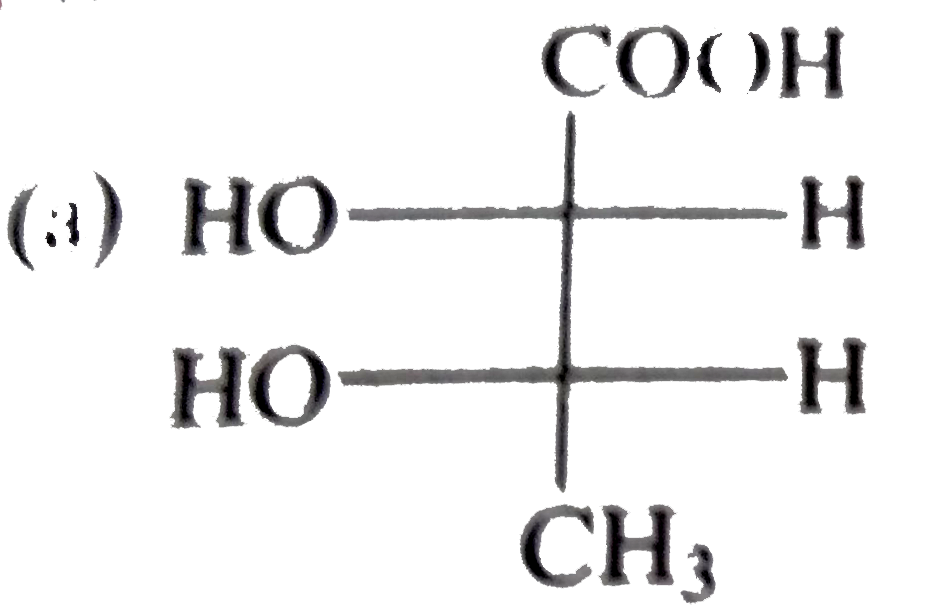
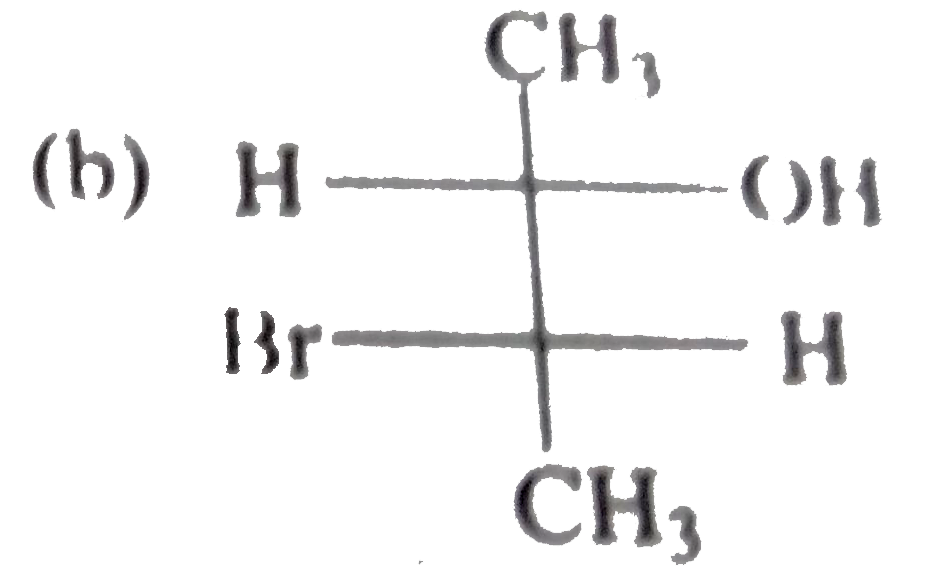

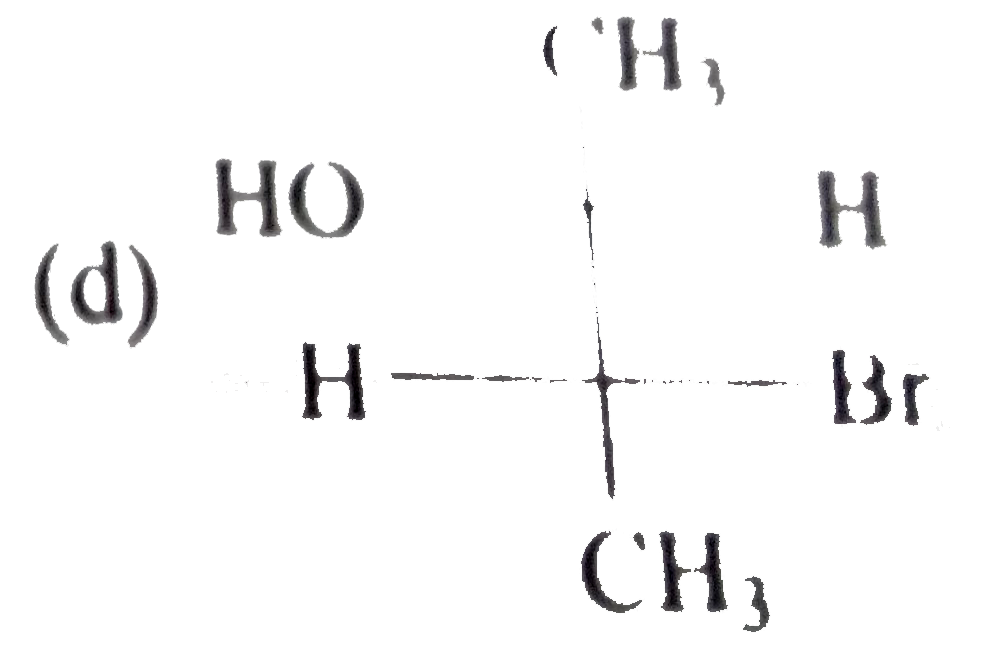
The correct Answer is:C
To determine which of the given options is the erythro form and is also optically inactive, we can follow these steps:
Step 1: Understand the Erythro Form
The erythro form refers to a specific type of stereoisomerism where two identical substituents are on the same side of a bond, typically in a molecule with two stereocenters. This form is usually associated with compounds that have a plane of symmetry.
Hint: Look for a molecule with two stereocenters where the identical groups are on the same side.
Step 2: Identify Optical Activity
Optical activity refers to the ability of a compound to rotate plane-polarized light. A compound is optically inactive if it has a plane of symmetry, meaning that the two halves of the molecule are mirror images of each other.
Hint: Check for the presence of a plane of symmetry in the molecular structure.
Step 3: Analyze Each Option
- Option A: Check for symmetry. If the groups are not arranged symmetrically, it is likely optically active.
- Option B: Similar analysis as Option A. If the groups are not symmetrically arranged, it is likely optically active.
- Option C: Look for symmetry. If you find that there are identical groups on the same side and a plane of symmetry exists, this option may be optically inactive.
- Option D: Again, check for symmetry. If there are identical groups on opposite sides, it may not be optically inactive.
Step 4: Conclusion
After analyzing the options, we find that:
- Option C has a plane of symmetry due to the arrangement of the groups, making it optically inactive and the erythro form.
Final Answer: The correct answer is Option C.
The erythro form refers to a specific type of stereoisomerism where two identical substituents are on the same side of a bond, typically in a molecule with two stereocenters. This form is usually associated with compounds that have a plane of symmetry.
Optical activity refers to the ability of a compound to rotate plane-polarized light. A compound is optically inactive if it has a plane of symmetry, meaning that the two halves of the molecule are mirror images of each other.
- Option A: Check for symmetry. If the groups are not arranged symmetrically, it is likely optically active.
- Option B: Similar analysis as Option A. If the groups are not symmetrically arranged, it is likely optically active.
- Option C: Look for symmetry. If you find that there are identical groups on the same side and a plane of symmetry exists, this option may be optically inactive.
- Option D: Again, check for symmetry. If there are identical groups on opposite sides, it may not be optically inactive.
After analyzing the options, we find that:
- Option C has a plane of symmetry due to the arrangement of the groups, making it optically inactive and the erythro form.
Topper's Solved these Questions
- BOOK - HIMANSHU PANDEYCHAPTER - ISOMERISMEXERCISE - Level 2 (Q.51 To Q.55)5videos
ISOMERISM
- BOOK - HIMANSHU PANDEYCHAPTER - ISOMERISMEXERCISE - Level 3 (Q.1 To Q.25)25videos
ISOMERISM
- BOOK - HIMANSHU PANDEYCHAPTER - ISOMERISMEXERCISE - Level 2 (Q.1 To Q.25)25videos
ISOMERISM
- BOOK - HIMANSHU PANDEYCHAPTER - HALIDESEXERCISE - Subjective Type Problems10videos
HALIDES
- BOOK - HIMANSHU PANDEYCHAPTER - NOMENCLATUREEXERCISE - Section Iv (Q.26 To Q.26)1videos
NOMENCLATURE
Similar Questions
Knowledge Check
- Question 1 - Select One
Which of the following species exists as optically inactive form ?
A[Fe(en)3]Cl3B[RhCl(PPh3)(CO)(H2O)]C[Pd(en)2Cl2]D
- Question 2 - Select One or More
Product of which of the following reaction is optically inactive ?
A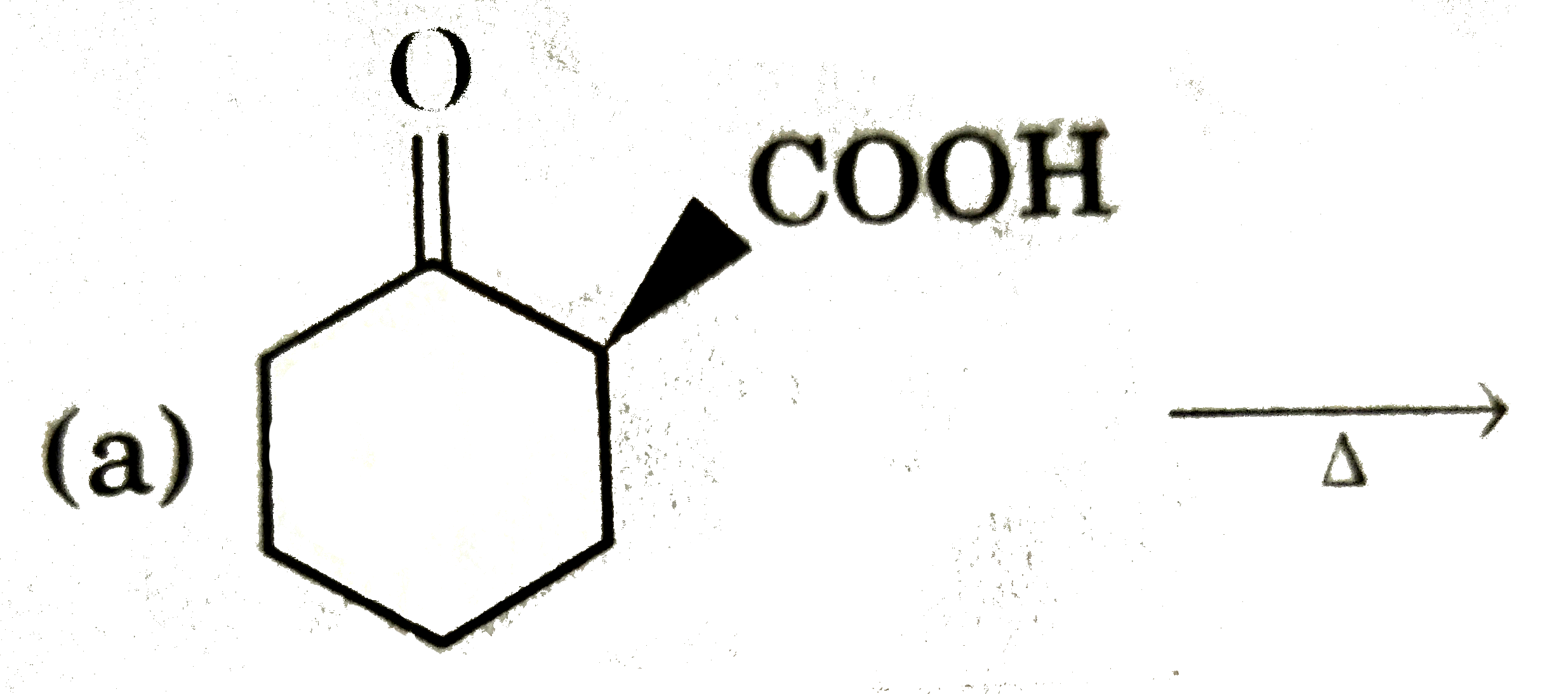 B
B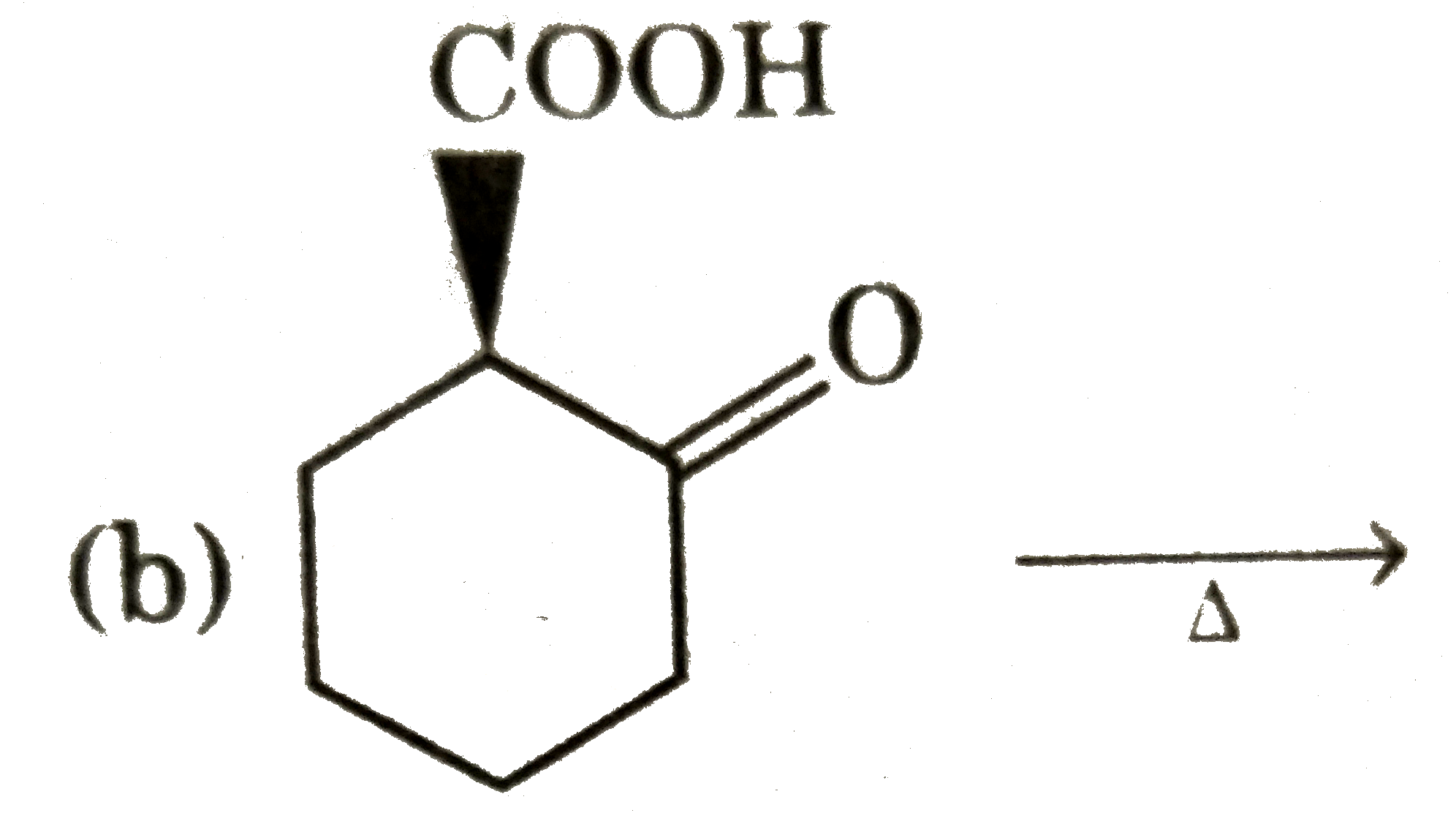 C
C D
D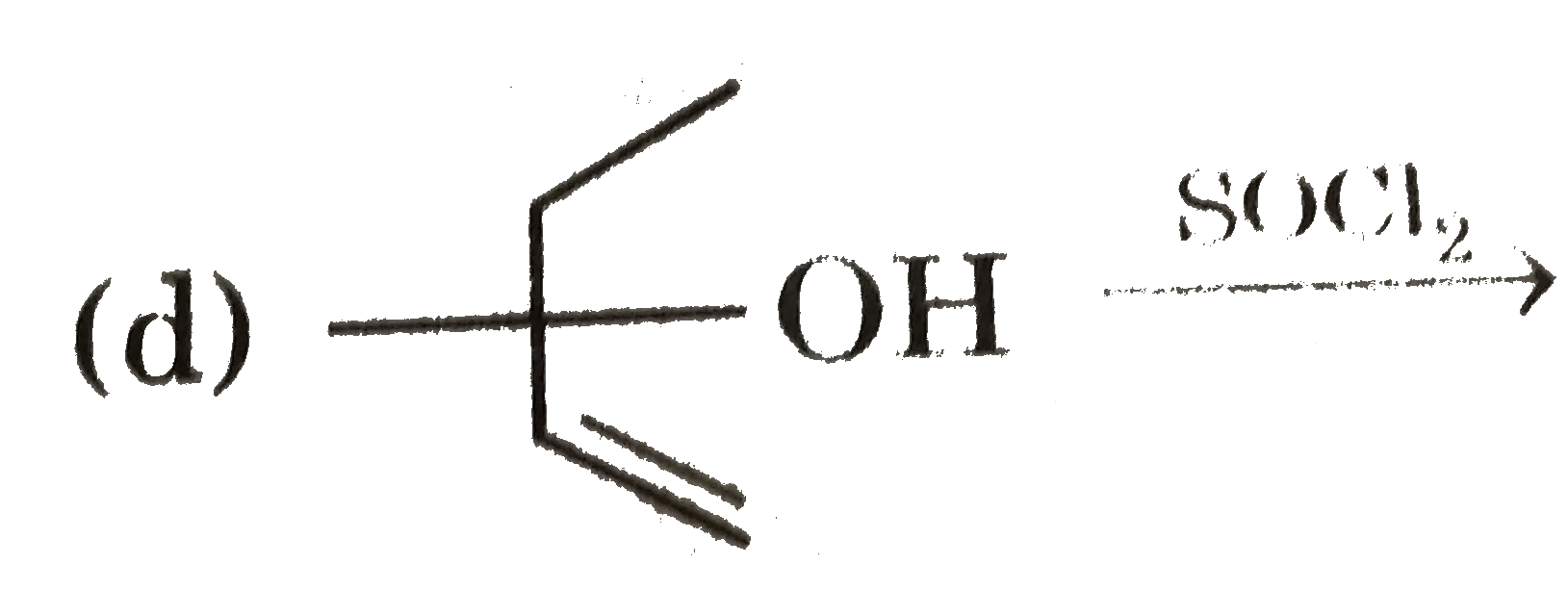
- Question 3 - Select One
Which of the following compounds produces an optically inactive compound on hydrogenation?
A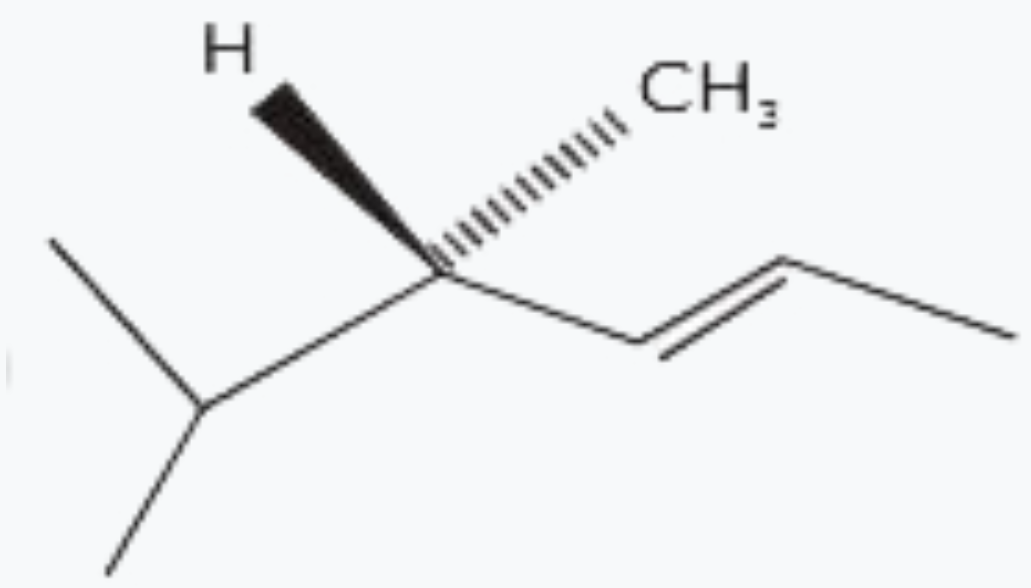 B
B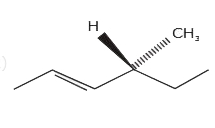 C
C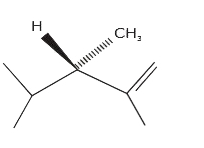 D
D
Which of the following compounds are optically inactive due to internal compensation?
View SolutionWhich of the following complexes is/are optically inactive due to the presence of plane of symmetry ?
View SolutionWhich of the following compounds are optically inactive but exhibits geometrical isomerism?
View SolutionWhich of the following is an optically inactive compound?
View SolutionWhich of the following amino acid is optically inactive?
View Solution

